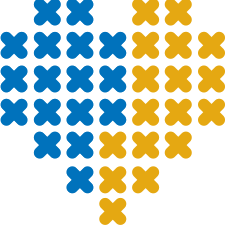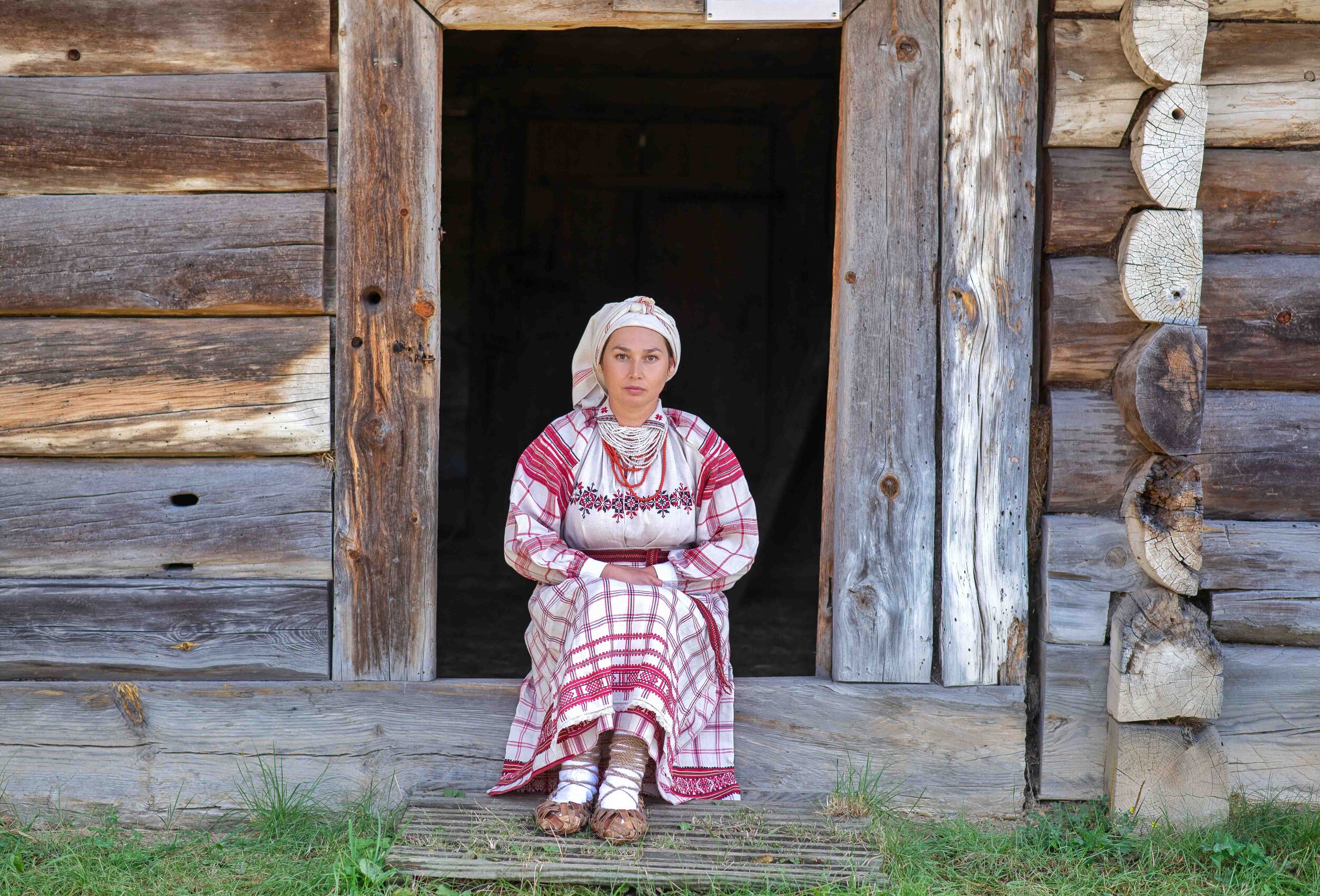Project “Батьківська Хата. Homestead.” - Overview of the Volyn Region.
This is the fourth post of our Батьківська Хата. Homestead project. You will find all of our earlier posts here. The goal of the project is to showcase the Ukrainian way of life in the late 19th - early 20th centuries from the main regions in Ukraine. The photographs for the project were taken at the Ukrainian National Museum of Folk Architecture and Life in Kyiv, Ukraine. All the clothing is authentic and was provided by some of the most prominent ethnographers in Ukraine. All of the people in the portraits are Ukrainians from Ukraine and Ukrainian diaspora from abroad.
In this post we will look at the architecture, clothing, and lifestyle of the Volyn region. Region, which is often referred to as Polissia. Part of the Polissia is below sea level. The soil is sandy or marshy, therefore, not very suitable for agriculture, but the high humidity is good for growing flax and hemp. The forests and marshes isolated the population, thereby preserving the folk attire in its ancient form, along with the rituals and folk art.
All of the authentic clothes shown in the article below came from the private collection of Mr. Volodymyr Shchybrya. We are very grateful for the guidance and resources provided by Mr. Shchybrya.
The traditional clothes featured in today’s post are from the Kamin-Kashyrskyi district of Volyn region circa late 19th – early 20th century. The homestead is from the village of Polytsi in the Kamin-Kashyrskyi district of Volyn region.
Below is a detailed description of each piece from the outfit:
Hand embroidered shirt (вишита сорочка)
This style of this embroidered shirt is called kryzhova shirt (крижова сорочка). The shirt was mid-calf in length and often the top half of the shirt was sewn from lighter cloth, whereas the bottom was from a heavier fabric. A variety of embroidery stitches (satin, cut-work, cross-stitch) and design woven directly into the tapestry of the fabric were the main decorative elements of the shirt.
Skirt ("фартух"(спідниця))
In the summer, a skirt made out of linen cloth was worn and in the winter, a skirt made from wool fabric was worn. The skirt was sewn from three or four panels, either gathered or pleated. It was decorated with three or four red fabric applique stripes along the bottom, with the wider and more intricate stripe along the hem. The applique ornaments included squares, rhombs, triangles and rosettes. In some regions, the embroidered lower hem of the shirt was visible from below the summer or winter skirt.
Apron "(передник"(фартух))
The cover of glycerin soap by Brokar.
Similarly to the skirt, the apron was made of linen, hemp, or wool fabric. The white cloth apron had a red woven design, and the woolen one was red with colored stripes. The apron was shorter in length than the skirt.
Sash (крайковий пояс)
Sashes were plaited from red woolen threads. The ends in some sashes were decorated with kytychky (pom-poms).
Necklace (“пацьори"(намисто))
Many strands of fine beads were worn. Genuine coral was worn by the wealthier women. Crosses and coins were sometimes attached to the coral strands.
Headscarf (ткана хустка)
The head of a married woman was covered with a woven headscarf, usually decorated with red embroidery or woven motifs.
Postoly Shoes (постоли)
For work, a woman wore postoly of willow or linden bark. Boots were worn for church or when visiting someone. In more recent times, women wore high, midcalf laced black shoes, with taps on the heels.
The house pictured below is from Polyzi village, Kamin-Kashyrskiy District, Volyn Region. Please visit the National museum’s page for a detailed description of this homestead.
This house was brought to the museum from the Polytsi village in the Kamin-Kashyrskyi district of Volyn region. The last house owner was Antonina Nykyforivna Zrum. The house was built by local masters for the Zrum family. The area of the house is about 90 square meters or 970 square feet. This log house dates back to 1871. In late 1800’s, a cold storage (холодна комора) was added to the house. The roof was thatched from hay.
The inside layout was very typical of a traditional Ukrainian house, where the pich (pronounced like peach), and an indoor wood-fired oven made out of clay, took up almost a quarter of the living space. Old houses like this one had built-in furniture such as pil (rest area), benches, shelves and a zherdka (rail for garments). See the picture above. These items were constructed along with the house and were an integral part of the building. There were no closets back then and clothes, along with other items, were hung on the zherdka (built-in garment rail).
Location: http://www.pyrohiv.com/
Model: Snizhana Rezepova
Clothes: private collection Mr. Volodymyr Shchybrya
Photographer: Svitlana Zadorovska
Project organizers: Olenka Bravo, Natalia Sturgill, Olena Khrystyuk, Olena Garcia, Olha Shulzhenko, Viktoriya Lundblade, Svitlana Zadorovska
Reference: World Federation of Ukrainian Women's Organizations (1992). Український Народний Одяг. Ukrainian Folk Costume. Toronto - Philladelphia
Retrieved from https://diasporiana.org.ua/wp-content/uploads/books/2674/file.pdf




